No products in the cart.
NEWS
Growing Ancient Crops: Rediscovering Nutrient-Rich Varieties
For millennia, human civilization thrived on a vast diversity of food crops. Today, however, our global diet has narrowed dramatically, with staples like corn, rice, and wheat providing the majority of calories for billions. While these grains are efficient, relying on just a few crops makes our food system vulnerable to climate shifts and diseases. As experts in nurturing life, whether plants or animals, we understand the critical importance of biodiversity. Bringing ancient crops back into our gardens and diets offers incredible benefits, from enhanced nutrition and unique flavors to improved resilience against changing environmental conditions. Exploring these forgotten foods is a journey into our agricultural past and a step towards a more sustainable future.
Integrating these ancient varieties into your home garden or small farm not only enriches your table with diverse tastes and nutrients but also plays a small role in preserving agricultural heritage. Many of these crops possess remarkable traits, such as drought tolerance and adaptability to varied soil conditions, making them increasingly relevant in today’s world. They represent a wealth of untapped potential for flavor, nutrition, and ecological resilience. By choosing to grow them, you contribute to safeguarding genetic diversity and exploring sustainable practices right in your own backyard.
Remarkable Ancient Crops to Cultivate
Here are some fascinating ancient crops you can consider growing, adaptable to various climates depending on the specific variety and your local conditions.
Amaranth: The Versatile Seed and Leaf
Species of Amaranth (Amaranthus spp.) boast a rich history, cultivated across Africa, Asia, and the Americas. What makes amaranth truly remarkable is its complete edibility – the leaves can be enjoyed like spinach, while the small, protein-packed seeds serve as a grain similar to quinoa. Beyond its high protein content, amaranth is a treasure trove of essential vitamins and minerals.
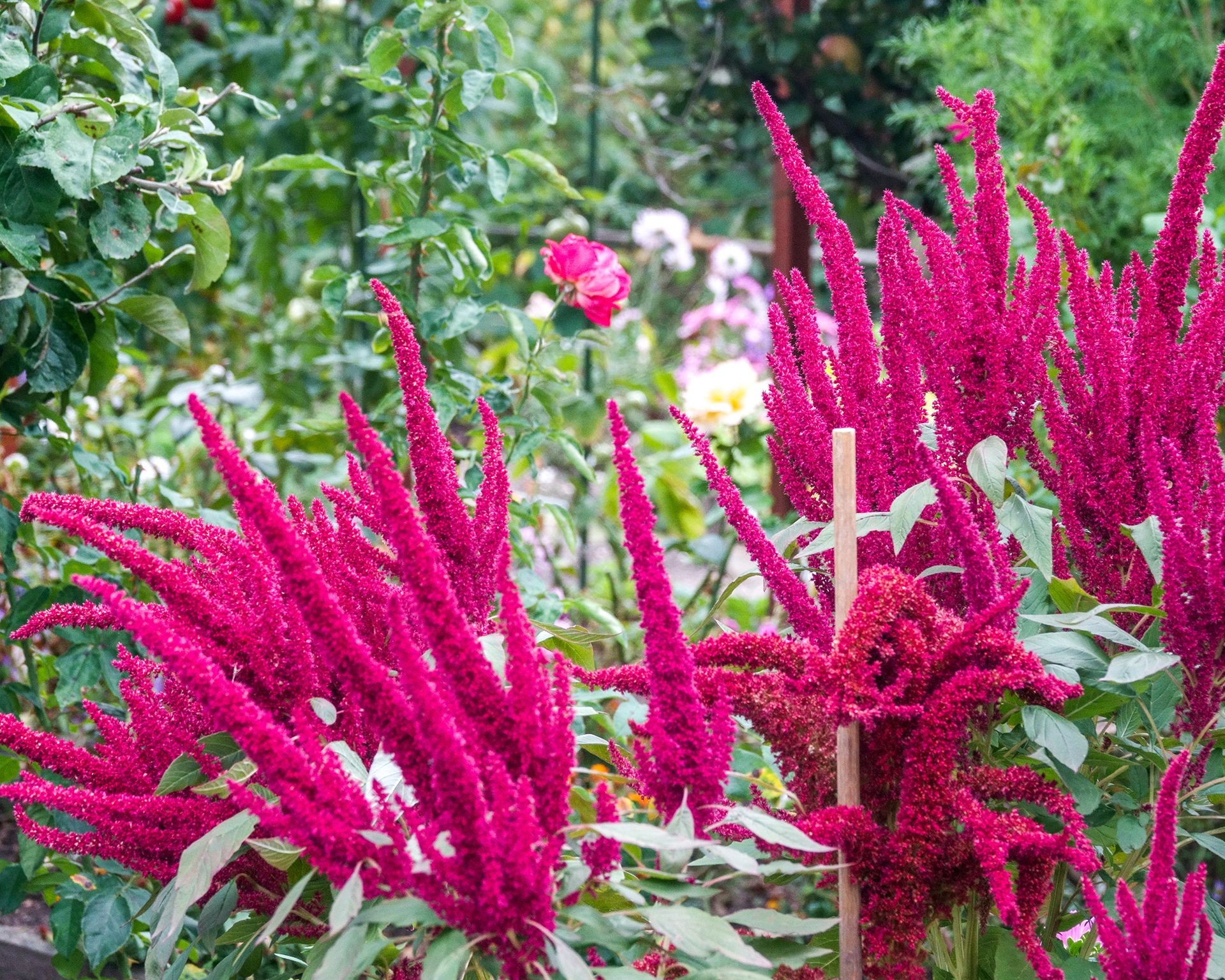 Vibrant red amaranth flowers blooming beautifully in a home garden plot
Vibrant red amaranth flowers blooming beautifully in a home garden plot
Amaranth is known for its adaptability, thriving in a wide range of soils, though it shows a preference for fertile, well-drained locations. Its ability to tolerate drought makes it particularly valuable in regions facing water scarcity. As a bonus, amaranth plants, with their often striking flowers, add a touch of beauty to the garden, useful even in home-grown floral arrangements.
Moringa: The Tropical Drumstick Tree
For those gardening in warmer climates, the Moringa tree (Moringa oleifera) presents an exceptional opportunity. This native of India is traditionally used in numerous dishes, with almost every part of the tree offering nutritional value – including edible leaves, roots, and seed pods.
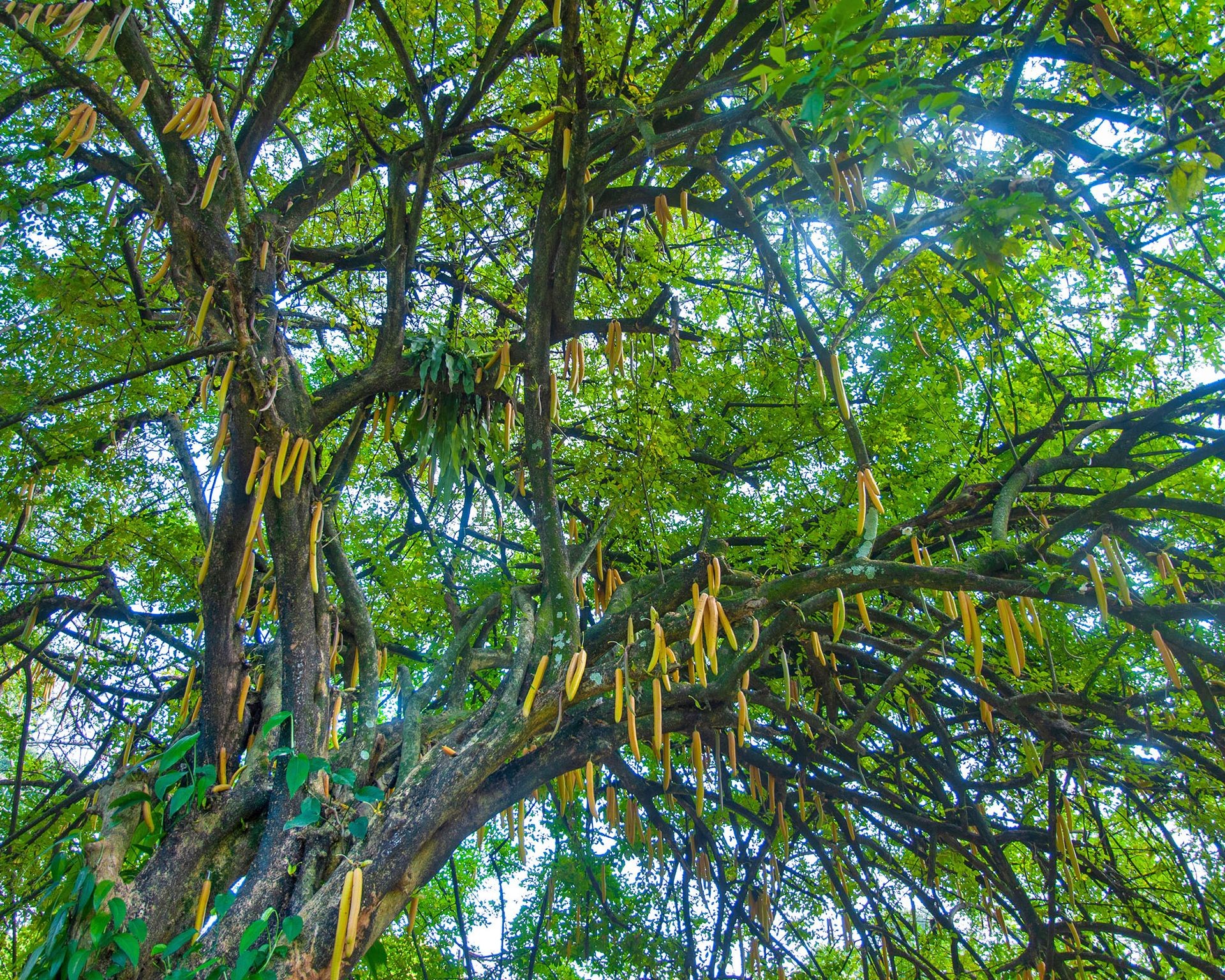 Lush green canopy of a mature moringa tree reaching towards the sun
Lush green canopy of a mature moringa tree reaching towards the sun
Moringa leaves are particularly noteworthy for their unusually high protein content compared to most leafy greens. These fast-growing trees can reach significant heights and flourish best in warm temperatures, full sun, and slightly acidic, well-drained yet moist soil.
Bambara Groundnut: A Resilient Legume
The Bambara groundnut (Vigna subterranea) is a traditional African food crop, resembling a peanut in size and growth habit. These protein-rich legumes are not only nutritious but are often praised for having a flavor superior to common peanuts.
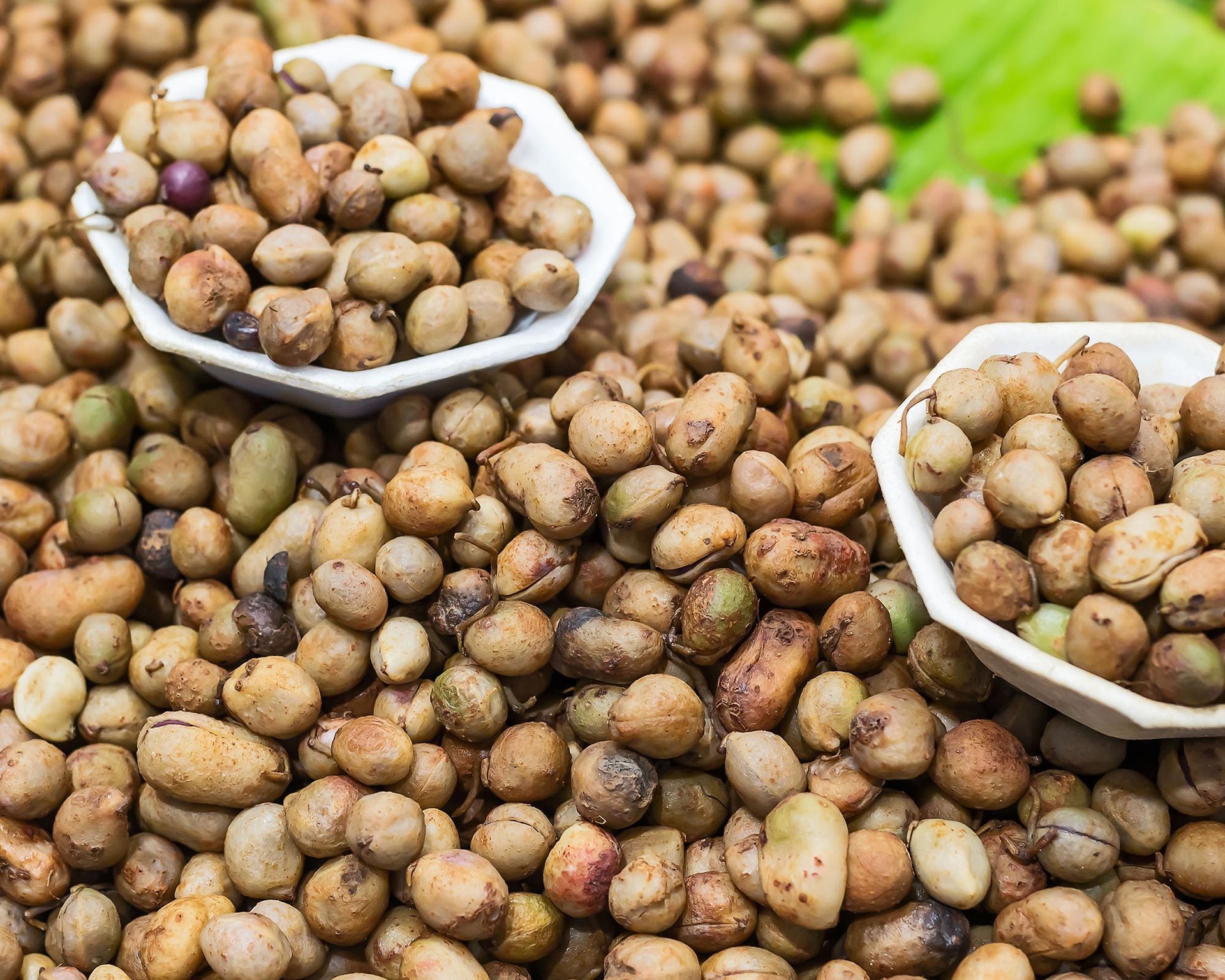 Harvested bambara groundnuts, showcasing the small, protein-rich legumes
Harvested bambara groundnuts, showcasing the small, protein-rich legumes
This low-growing plant sends creeping stems that produce pods ripening below the soil surface. The nuts can be eaten fresh or dried and boiled, similar to peanuts. Bambara groundnuts are highly valued for their resilience, tolerating poor soil conditions and notably high resistance to drought.
Fonio: Africa’s Fast-Growing Ancient Grain
Fonio (Digitaria exilis) holds the distinction of being one of the most ancient cultivated grains in Africa, celebrated for its rapid growth cycle. From planting to harvest, fonio can be ready in as little as six weeks, offering a quick source of sustenance.
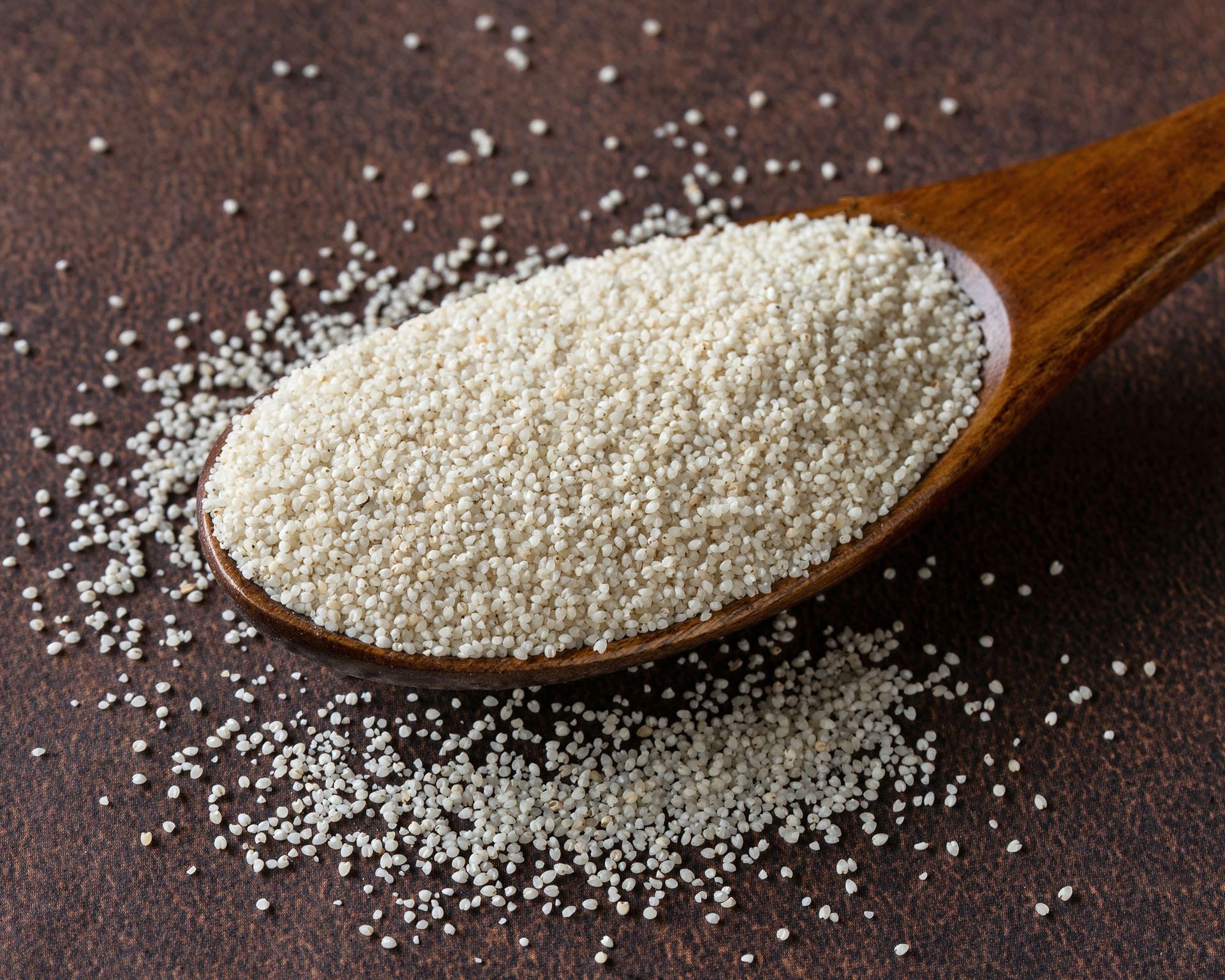 Close-up view of tiny fonio grains held in a wooden spoon
Close-up view of tiny fonio grains held in a wooden spoon
This gluten-free grain is rich in protein and various micronutrients. Its tiny size means it cooks very quickly, often into a porridge-like consistency. Fonio is remarkably forgiving, growing well in almost any soil type and exhibiting excellent tolerance for drought and poor soil, requiring minimal care once established.
Cowpea: More Than Just Black-Eyed Peas
Widely recognized, especially in parts of the Southern United States, the cowpea (Vigna unguiculata) is a staple with deep roots in Africa, where it remains a vital crop. While black-eyed peas are a popular variety, the entire cowpea plant is edible. Historically, in some regions, cowpeas were cultivated as hay for livestock, contributing to their common name.
 Bowl filled with dried black-eyed peas, a common variety of cowpea
Bowl filled with dried black-eyed peas, a common variety of cowpea
True to the resilience of many ancient crops, cowpeas are notably drought-tolerant. They also possess a degree of shade tolerance, allowing them to be grown alongside taller crops like corn or sorghum. While many varieties thrive in warm climates, specific types allow for cultivation across a broad range of zones.
Taro: The Tropical Root Staple
Originating from the subtropics and tropics of Southeast Asia and the Polynesian islands, Taro (Colocasia esculenta) is an ancient food that has retained its popularity in many parts of the world. Its primary edible part is the corm, a starchy root packed with nutrients and fiber, and notably, a low glycemic index.
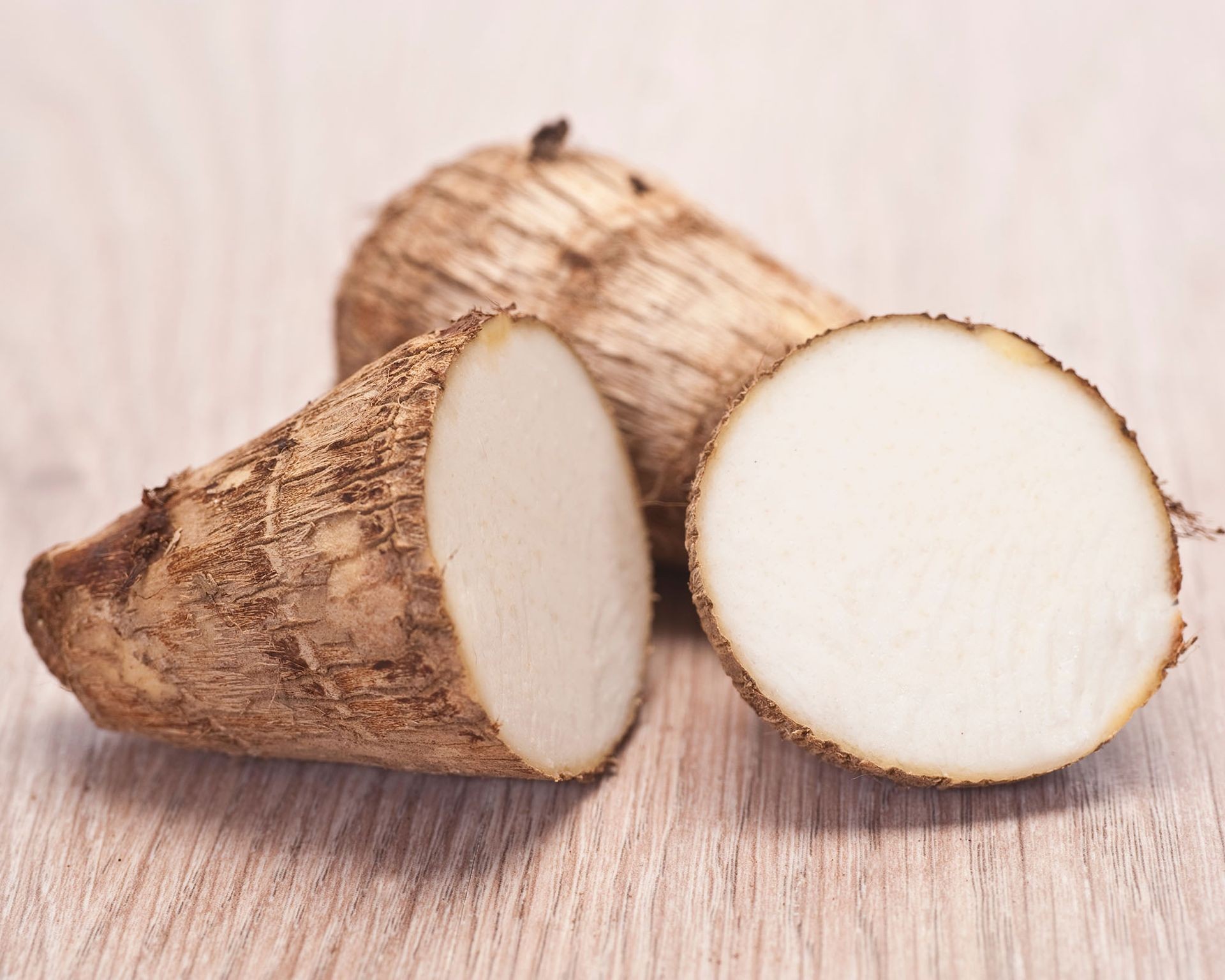 Raw taro root corm, showing its textured skin and potential as a starchy staple
Raw taro root corm, showing its textured skin and potential as a starchy staple
The taro corm is versatile in the kitchen, comparable to a potato when cooked. The leaves are also edible but must be prepared properly to remove natural toxins. While traditionally grown in wet, paddy-like conditions, taro can also be cultivated in regular, rich, moist soil. It prefers full sun but can tolerate some shade, making it adaptable for various garden spots. Ongoing research aims to develop varieties suitable for cultivation as annuals in cooler temperate zones.
Cultivating these ancient crops is more than just gardening; it’s an act of preservation, a way to enhance the nutritional diversity of your diet, and a step towards more resilient food systems. These forgotten foods offer unique flavors, remarkable hardiness, and a connection to agricultural practices that sustained humanity for millennia. We encourage you to explore these fascinating varieties and experience the richness they can bring to your garden and your table. Discover how embracing diversity can lead to thriving growth, a principle at the heart of Biogarden’s approach to nurturing life.



